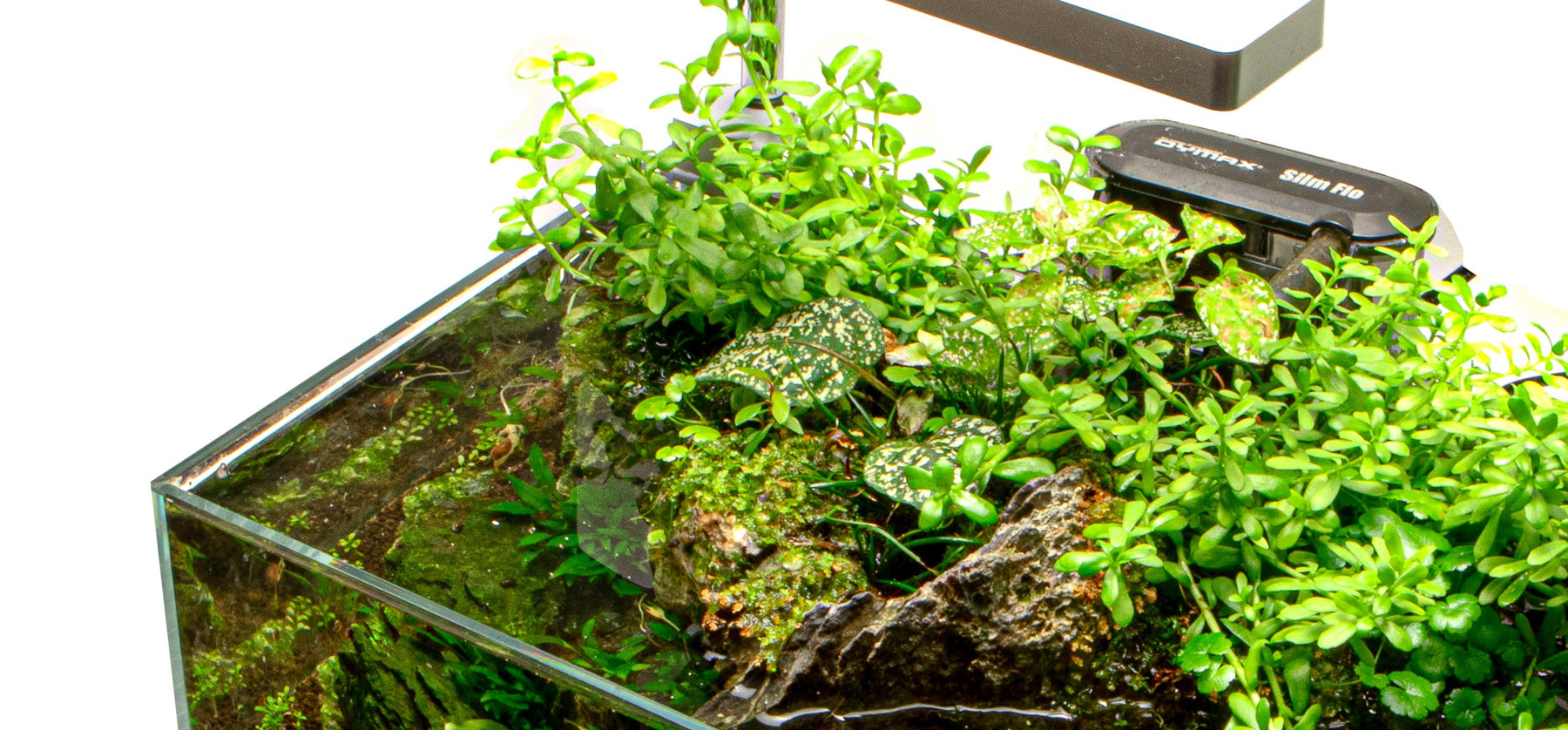
Beginner's Guide to Aquarium Filters and Types of Filtration
A filter, or the “heart” of the tank as we like to call it, is a crucial part of a fully functional and balanced tank. Like with many other things in the aquarium hobby, there is an overwhelming amount of brands, types, and sizes. What kind of filter is best for you and your tank? First, you will need to understand the basics in order to choose the right filter for your aquarium.
Why Does A Tank Need A Filter?
The filter basically acts as the “heart” of the tank by keeping the water flowing throughout which prevents water from becoming stagnant. Stagnant water creates dead space for ammonia to build up which can cause harm to your plants, fish, and shrimp. Having no water flow limits the amount of oxygen flowing through the tank. If you decide to have a small tank without a filter or air stone, then you must keep up with frequent water changes and be sure to limit the number of animals you have in the tank.
Moving water is important for the exchange of gasses and nutrients throughout the tank that provides your aquarium inhabitants the necessities for a healthy life. A properly working filter will also help clean and help keep the water column crystal clear, resulting in the best quality view of your tank.
As mentioned in our previous blog about the nitrogen cycle HERE, the filter is the primary area where beneficial bacteria live. Keeping the beneficial bacteria alive is crucial for your planted aquarium and its inhabitants to thrive. This makes the filter an important and valuable piece of equipment for aquascapers.
3 Different Types of Aquarium Filters
There are several types of filters, but the most common filters that we will be discussing are sponge filters, hang-on-the-back filters, and canister filters. Each type has its own pros and cons that we will explore.
1. Sponge Filters
A sponge filter consists of spongy-like material that is placed within the tank. The air pump is located outside of the tank. The filter’s suction, which is powered by the air pump, pulls debris or detritus existing in the aquarium through the sponge.
A sponge filter is the simplest kind of filter on the market.
Many will steer clear of sponge filters because having a sponge in the tank can be an unpleasant sight. Although, it is a popular filter among advanced hobbyists.
This type of filter is great for smaller aquariums and breeding tanks. They will provide minimal water agitation causing little disturbance for your fishy friends. In larger tanks, a sponge filter may not provide enough water movement to circulate the entire tank. 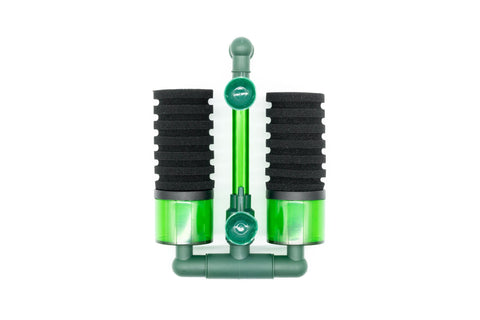
Qanvee Sponge Filter: Click to view
2. Hang-on-Back Filters
A hang-on-back filter, or a HOB filter, is the most common filter type used by hobbyists. As the name suggests, the HOB filter will hang on the edge of the tank (typically the back). This simple external filter will pull water from the tank through a pump, run the water through different sections of filtering media, then be returned to the tank through a spout.
HOB filters are easy to clean and can be used for all tank sizes. This is the perfect filter for beginners, but popular with experienced aquascapers as well because of its low maintenance.
- Tip: You can run two HOB filters for larger tanks!
3. Canister Filters
Canister filters are one of the most discrete, yet powerful, types of filters. Also pump-driven, the unit is usually placed hidden underneath the tank inside the aquarium stand. The only parts that will be seen are the return and outtake pipes, which can be swapped from plastic pipes to glass or steel pipes to be more discrete.
Canister filters are best for larger tanks (over 30 gallons) with a lot of livestock that need the extra power to maintain a healthy balance. They are more pricey and considered higher maintenance than HOB filters and sponge filters.
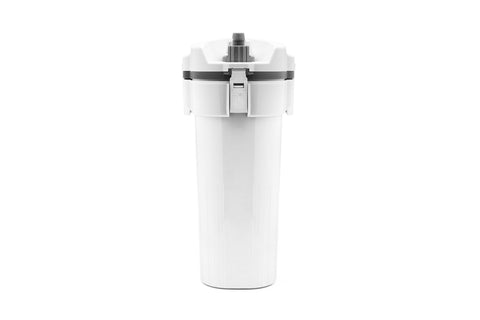
Ultum Nature Systems DELTA 60: Click to view
Types of Filtration
We will go over the types of filtration to help you understand the different components of a filtration system and the importance of having a filter in your tank.
1. Mechanical Filtration
This refers to the removal of solid waste such as debris like fish poop, fish food, or decaying plant material. This type of filtration media works by catching the waste as the water flows through. Mechanical filtration helps clean the tank and aerate the water.
2. Biological Filtration
This type of filtration specifically removes biological waste like excess ammonia. The nitrifying bacteria established in the filter will convert the ammonia into less harmful nitrite, then nitrate. Biological filtration is extremely important in maintaining a balanced tank. Without it, ammonia in an aquarium will rise to dangerous levels which will harm fish, shrimp, and plants.
3. Chemical Filtration
Chemical filtration is the process of removing dissolved waste such as decaying organic matter or chemicals in the water. Carbon will catch the dissolved waste or chemicals and prevent discoloration and tank water odor.
Important Components Inside of a Filter
Not only do filters come in an overwhelming amount of different brands, shapes, and sizes, but the parts that go inside a filter can be just as extensive. We will go over the main parts of the filter including the filtering material, the filter media, and activated carbon.
1. Filter Floss
Filter floss is a filtering material usually made up of polyester fibers packed densely into a sheet. As water flows through the compacted sheet, it will clean the water by catching small particles before returning it to the tank. This filtering material acts as the mechanical filtration in a tank.

Pictured above is the Mighty Aquarium Filter HOB Replacement Media--the white is the filter floss.
2. Filter Sponge
A filter sponge is a filtering material made up of a coarse pad that will be placed before the filter floss. The sponge will help catch larger particles to help prevent clogging. Like filter floss, this filtering material acts as mechanical filtration in a tank.
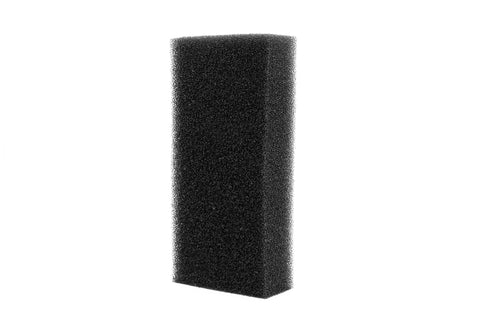
Pictured above is a UNS All-in-One Prefilter Sponge.
3. Media Rings / Bio Balls
Filter media is porous with a large amount of surface area for beneficial bacteria to thrive. This biological media is the perfect place for beneficial bacteria to grow and maintain a balanced nitrogen cycle. Ceramic rings such as the Aquario Neo Media pictured below, or bio balls like Seachem Matrix, are both examples of filter media that can be used as the biological filtration in the tank.

4. Activated Carbon
Activated carbon (optional) can be placed in the filter in order to remove chemicals and other pollutants in the tank’s water column. The pores on activated carbon will eventually clog with the chemicals it removes, therefore you must replace it regularly (about once a month is sufficient.)
Hint: Keep in mind that fertilizers and medications will also be filtered out by activated carbon. Remove activated carbon before dosing.
Activated carbon is considered the chemical filtration of the tank.
Activated carbon is usually packaged in a padded cartridge like the Delta 60 Activated Carbon Cartridge.
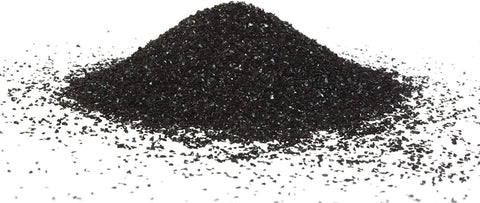
Which Filter is Best for Your Tank?
There are a few factors to consider before buying a filter.
First, who will see the tank? Will the tank be a display or a breeding tank? For a display tank, a HOB or canister filter will be the best option because they won’t steal the attention away from your beautiful aquascape. On the other hand, a simple sponge filter will work great for a grow out/breeding tank.
Flow rate is another factor to keep in mind. Flow rate is measured in gallons per hour, or GPH, measured by the amount of water that will run through the filter in one hour. We recommend that the filter has a GPH at least 4-6 times the tank volume.
For example, a 20-gallon tank should have a filter with an 80-120 GPH.
Having the correct GPH will provide the tank with the most filtration possible while avoiding a current that’s too disruptive. Keep in mind that larger aquariums will require larger filters or two smaller filters to keep water circulating adequately.
Filter Maintenance
Many will find maintenance unpleasant, but it is very important to keep up with the regular maintenance of the tank and filter.
When to clean the filter will depend on how populated the tank is, the size of the filter, and how much debris is in the water. We recommend that filter maintenance be regular and consistent. Remember, even though waste is filtered out of the water, that waste is still in the filter system! Waste in the filter will be out of sight, but should never be out of mind.
Mechanical filtering material (filter floss and filter sponge) can be changed or simply rinsed off in a sink.
Chemical filtration media (activated carbon) will need to be replaced about once a month or every 4-6 weeks.
Biological filtration media MUST NOT be rinsed off in a sink or changed because beneficial bacteria are living within the media. Chlorine in your tap water will kill the beneficial bacteria! (This is bad!) If the beneficial bacteria are killed, then the tank may crash and become unbalanced because the nitrogen cycle has been disrupted. Instead, rinse the biological media with your tank’s water.
Tell us - Was this article helpful? Please leave a comment below!
If you have any questions regarding this article, please DM us on Instagram, Facebook, or email support@buceplant.com so we can assist you - @buceplant


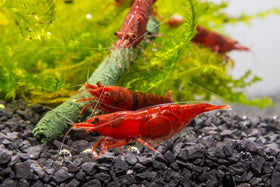
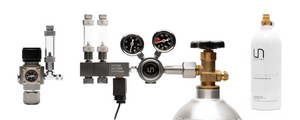

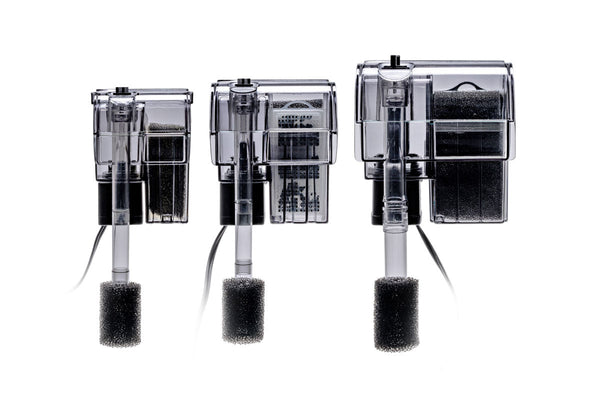
Comments
Leave a comment